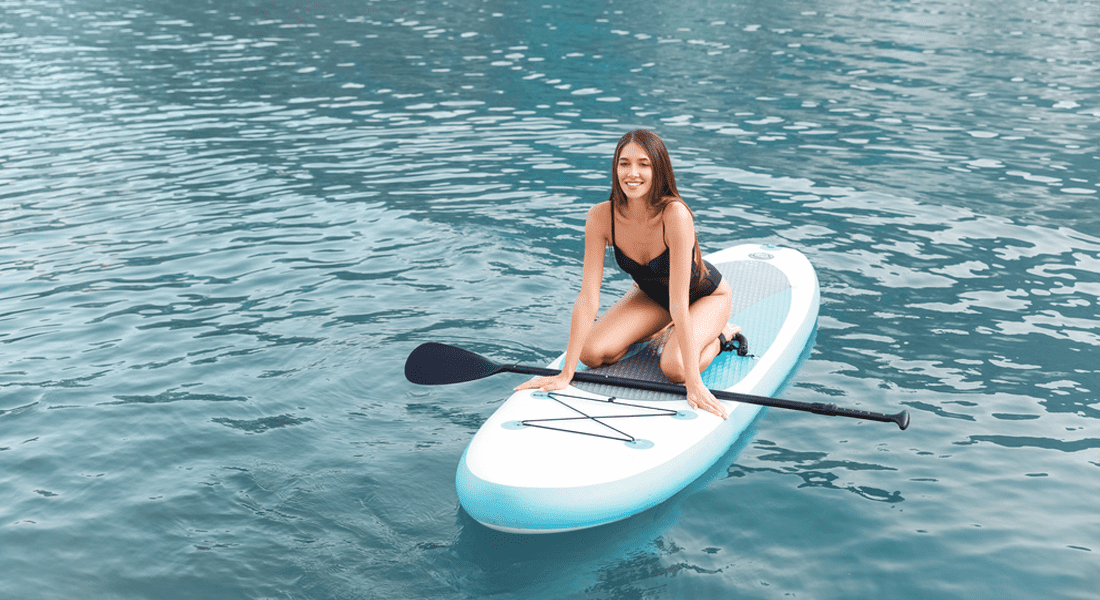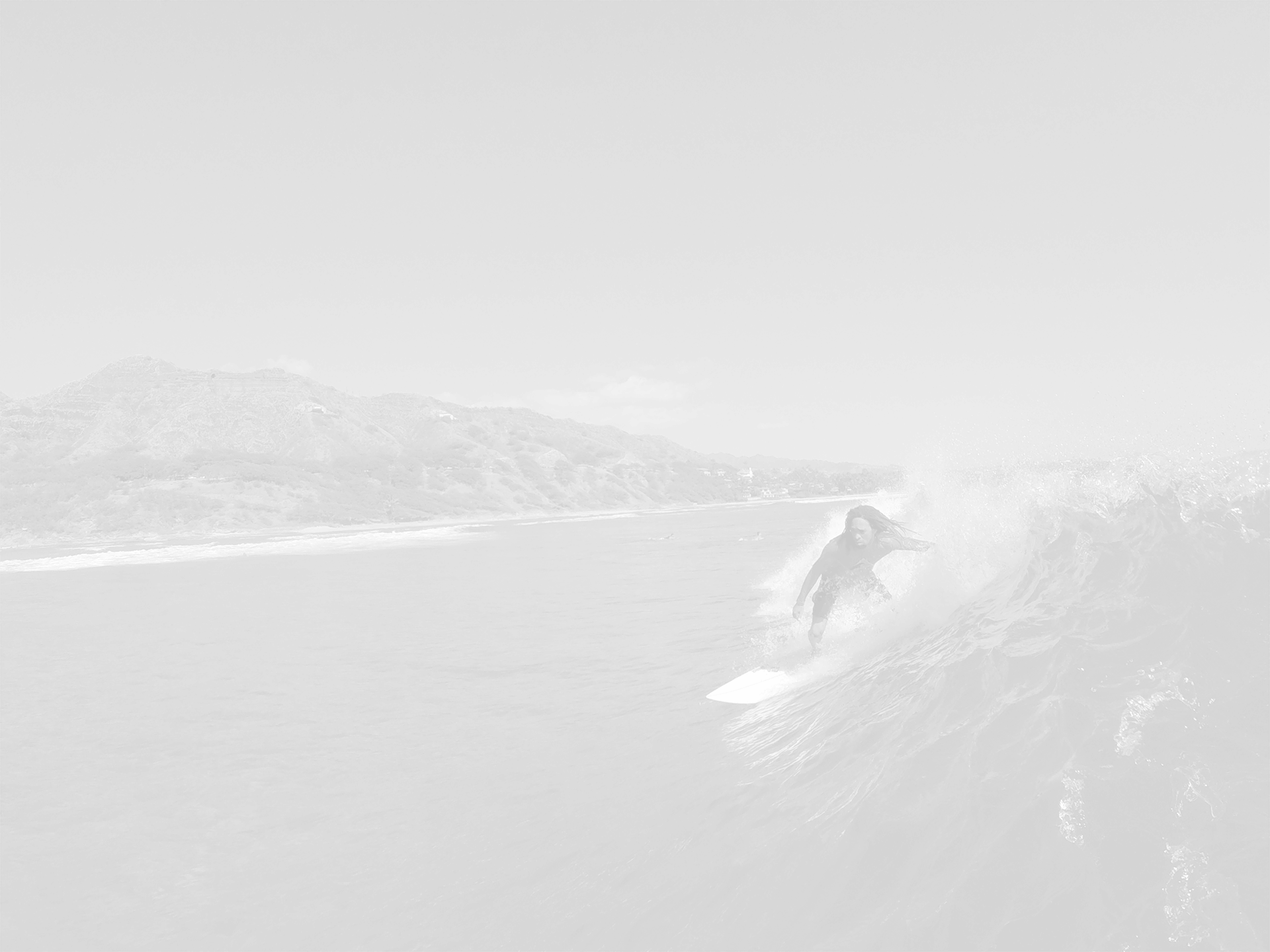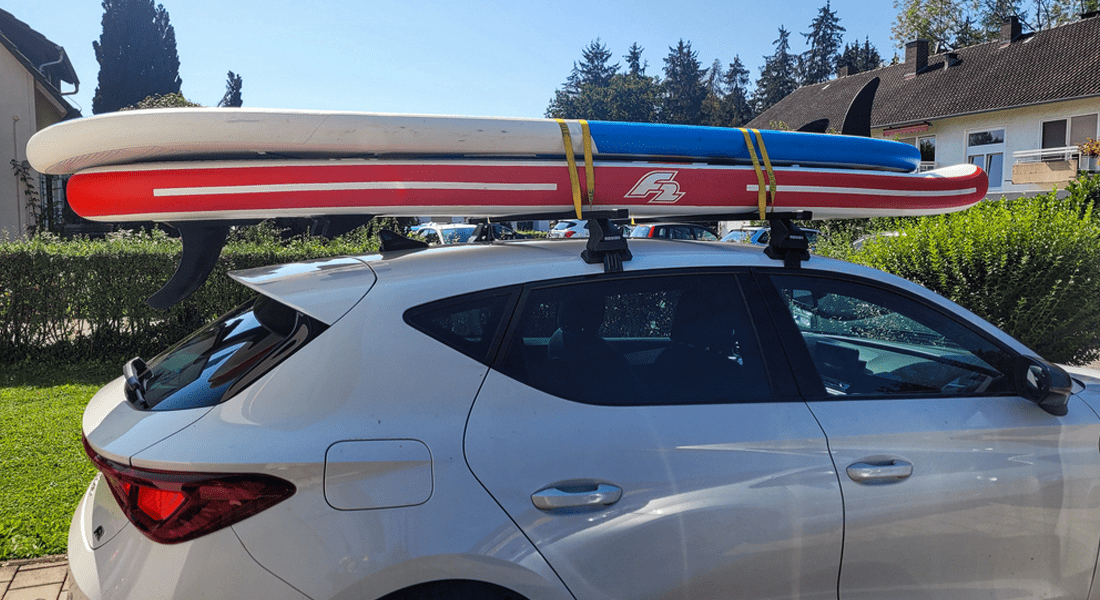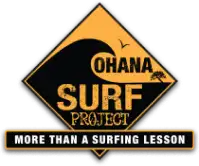



The History And Meaning Of The Shaka Sign In Surfing
Surf culture is packed with unique expressions, from the way surfers talk to the way they signal each other in the water. One of the most recognizable symbols in the surf world is the shaka sign. This simple gesture – thumb and pinky extended, with the middle three fingers folded – goes far beyond a casual wave. It’s a meaningful part of the surfing experience and an iconic piece of Hawaii’s contribution to global beach culture. You’ll see it in the lineup, in photos, and among other surf hand signs surfers use to connect.
Where It All Began
The shaka sign is deeply rooted in Hawaiian culture. Most accounts credit its origin to a man named Hamana Kalili of Laie, Oahu. Kalili worked at a sugar mill and lost three middle fingers in an accident. After the injury, he was reassigned to a job guarding the train that transported sugarcane. Kids trying to sneak rides on the train learned to associate his distinct hand wave (thumb and pinky extended) with getting caught. Over time, the gesture took on a new meaning and spread beyond the plantation.
As surfing started to grow in popularity through the 20th century, the sign followed. Hawaiian surfers brought the shaka into the water, and the meaning shifted from warning to welcome. The gesture became a quick, clear way to show good vibes in the lineup. Tourists picked it up from locals. By the 1960s, the shaka had reached the mainland, spreading through surf films, competitions, and travel stories.
The Spirit Behind the Gesture
More than just a physical sign, the shaka is an expression of the aloha spirit. In Hawaiian culture, aloha isn’t just a greeting; it’s a way of living. It means treating others with kindness, patience, and respect. The shaka reflects those values without needing a word. It tells someone: “I see you, I respect you, we’re good.”
This is part of what makes the shaka special in surf culture. Surfing, especially in places like Hawaii, isn’t just about catching waves. It’s about community and harmony with nature. The ocean demands patience and presence. The shaka fits right into that mindset. It’s a small signal that carries a bigger meaning.
Even outside the water, you’ll see the sign used to show appreciation, acknowledge someone from afar, or simply share a positive vibe. It’s non-verbal, relaxed, and clear.
How Surfing Popularized the Shaka
The global spread of surfing played a major role in pushing the shaka into pop culture. In the 1950s and 60s, surf legends like Duke Kahanamoku helped bring Hawaii’s surf culture to the world. Duke, who was not only a surfer but also an Olympic swimmer, often flashed the shaka in public. As the face of Hawaiian hospitality and water sports, his use of the gesture helped link it directly to surfing.
Soon after, surf brands, contests, and films picked up the image. Surfers throwing shakas in photos became a thing. Movie posters, magazine covers, and brand ads used it to promote a laid-back, wave-chasing lifestyle. It was a simple gesture that said a lot without words. It wasn’t forced or corporate, it felt real. That helped it stick.
As surfing moved into California, Australia, Brazil, and beyond, the shaka went with it. In each region, it might carry a slightly different nuance. But the heart of it, which is a friendly, relaxed connection, remains the same.
Learn More About Us

Beyond the Beach: Shaka in Daily Life
Over time, the shaka sign left the beach and entered everyday life. In Hawaii, it's used everywhere from politicians on billboards to locals in traffic. It replaces a handshake, a thank-you, or even an apology. It’s casual, but not careless. It carries sincerity in a chill format.
This broad use only helped solidify its place in surfing. Many surfers view the ocean as an extension of daily life, not a separate space. The habits and gestures they use in their lives often show up in the lineup, too. That’s why the shaka fits so well. It’s not just a surf signal, it’s a life signal.
It also makes surfing more welcoming. New surfers who don’t know the language or rules of the lineup might feel nervous at first. A simple shaka from another surfer can change that.
Other Surf Hand Signs and How They Differ
The shaka might be the most famous, but it isn’t the only gesture surfers use. A simple hand raised above the head can mean, “Are you okay?” A wave-off with the palm might say, “That wave’s yours.” These signs keep things flowing smoothly in the water. Unlike the shaka, which is warm and social, most surf hand signs are functional. They help surfers communicate fast without shouting over crashing waves.
In competitive settings, judges and surfers also use signals to mark wave priority or call for time updates. These aren’t casual gestures; they’re part of a structured system. But none carry the relaxed, personal touch that the shaka brings. That’s why the shaka remains the symbol most closely tied to the soul of surfing.
The Shaka in Surf Culture Today
In surf culture today, the shaka still says more than words. Surfers throw it before a wave, after a ride, or when heading back to shore. It keeps the mood light in the lineup. Unlike other surf hand signs used for safety or structure, the shaka creates a sense of connection. It brings a relaxed, human moment to a fast-moving sport.
Surf brands and media have helped the shaka reach more people. You’ll see it on shirts, stickers, and surfboards. Even with all the exposure, it hasn’t lost its meaning. That’s because surfers keep it real in the water. It stays honest and grounded.
How We Use It at Ohana Surf Project
At Ohana Surf Project, we use the shaka in more than just photos. It’s part of how we teach. It sets the tone from the start: warm, relaxed, and welcoming. Our lessons are built on trust, and a simple hand sign often says, “You’re doing great.”
Many of our students are first-timers. Some come with nerves, some with curiosity. A well-timed shaka from an instructor helps break the ice. It’s all about feeling good in the ocean.
We focus on teaching surfing with respect, patience, and good energy. The shaka fits right in. It’s more than a sign. It’s a reflection of how we teach and how we surf.
Come surf with us and experience the meaning of the shaka for yourself. Book your lesson today!
OTHER OSP BLOGS


How To Transport Your Rental SUP Board
When you rent a SUP board for a Waikiki adventure, knowing how to transport a SUP board keeps your day smooth from the start. You probably feel excited to reach[...]
